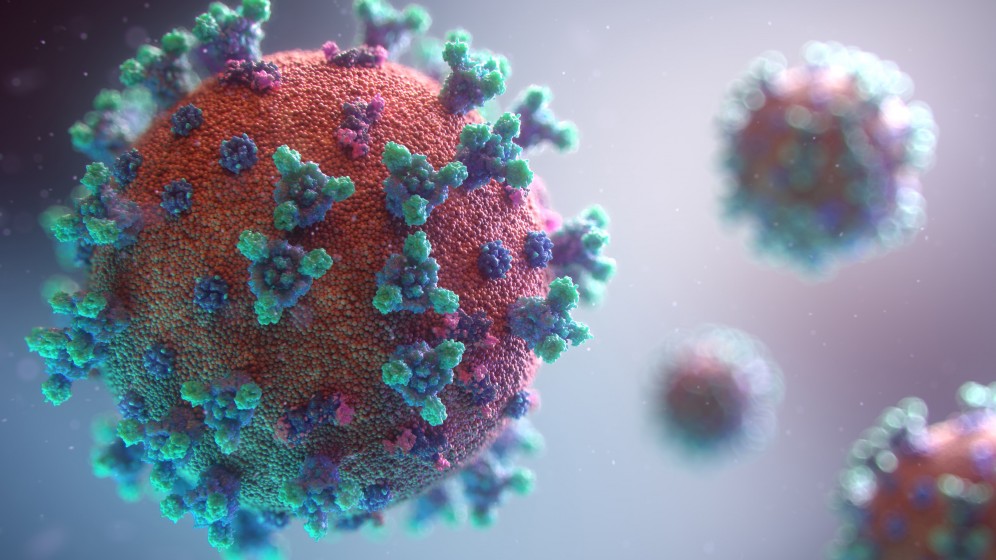How Does Coronavirus (COVID-19) Spread?
Published: Apr 7, 2020By Jennifer Crabtree

Person-to-Person Spread
The virus that causes COVID-19 is primarily spread from person to person. The principle mode of transmission is thought to occur via respiratory droplets that can travel up to six feet through the air after an infected person coughs or sneezes. These droplets can land on the hands of people nearby, in the mouths or noses of people nearby, or possibly be inhaled into the lungs of people nearby. Some recent studies have also suggested that COVID-19 may be spread by people who have no signs of symptoms, which is why things like social distancing is so important.
Spread From Contact With Contaminated Surfaces or Objects
COVID-19 can also spread from contact with infected surfaces or objects. For example, a person can get COVID-19 by touching a surface or object that has the virus on it and then touching their own mouth, nose, or possibly their eyes, though this is not thought to be the main way the virus spreads, according to the U.S. Centers for Disease Control and Prevention (CDC). It is not yet known how long the new coronavirus can survive on surfaces, but based on data from other coronaviruses, such as SARS, it could survive up to two days on surfaces at room temperatures.
How Social Distancing Helps Slow the Spread
Social distancing is one of the easiest and most effective ways to slow the spread of coronavirus at this time. By limiting social activity, you limit exposure to potentially infected people and crowds. Protective measures, such as canceling events, can help slow down the spread of the virus and therefore slow down the rate of this pandemic.
This ideology is called “flattening the curve.” While this strategy could result in the same number of people getting infected, it will slow the rate of infection and spread cases out over a longer period of time. This gives hospitals like Tampa General Hospital more time and capacity to treat those who are infected, and helps ensure they have the proper resources like tests, beds, masks, ventilators and staff to care for patients.
